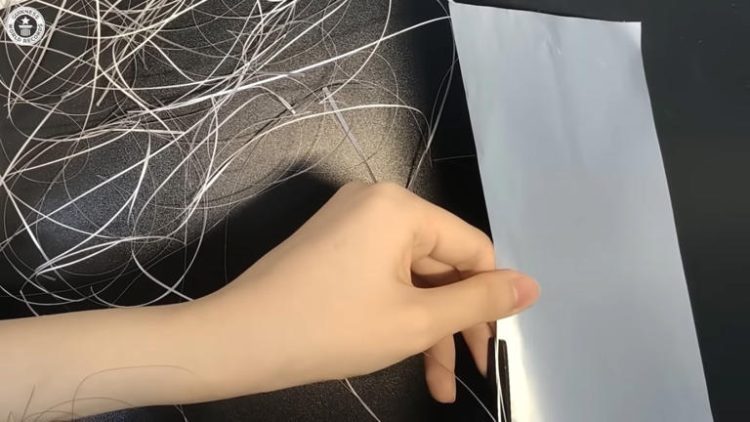Andrew Clemens (1857 – 1894) was an extraordinary self-taught artist from Iowa who created unbelievably intricate art using tiny grains of colored sand, with tools and techniques that were way ahead of his time. Although the man was completely deaf and nearly mute for most of his life, he managed to nurture his passion and make hundreds of bottles of beautiful sand art.
Clemens was born to German and Prussian parents who met and fell in love on their way to the United States. After living in various cities, his father finally moved the family to McGregor, Iowa, to take advantage of the gold-rush and the settlement of the American west. It was here that, at the age of five, Clemens was struck with ‘brain fever’ (or encephalitis as we know it today). Although he was lucky to survive, he permanently lost his hearing and speech to the disease.
As a teenager, Clemens enjoyed his life in Iowa. He developed a special interest in collecting multi-colored sands from the state’s Pictured Rocks park. In this region, the waters percolating down from the Mississippi river, charged with a variety of minerals, pass through the overlying limestones, staining them in a palette of natural colors. Clemens is known to have fallen in love with the place, spending many a happy hour in the company of the colored sands.
He brought home the sand and meticulously sorted the grains by size and color. Soon, he had a wide spectrum of samples with subtly different shades – greens, reds, browns, grays, yellows, blues and more. He set to work with these samples, carefully arranging them grain-by-grain in bottles of various sizes.
At first, Clemens used the colored sand to create geometric shapes and patterns. But as he got better at the craft, he devised special tools for himself, like fish hooks and wands made of hickory. He began to create extraordinarily detailed images, with a high level of intricacy that you wouldn’t expect to be possible by hand. His technique was brilliant – he relied on the pressure of the tightly packed grains to keep his handiwork intact.
One of Clemens’ most popular works is the image of George Washington on his horse. But some of his other designs are equally good as well – nautical scenes, flowers, historical figures, and depictions of local events. He even managed to include words and quotes in his sand art. At one point, he worked at the South Side Museum in Chicago, constructing simple designs with sand in public and then smashing them with a hammer to prove that no magic was involved.
Although his work was brilliant, Clemens received little recognition during his time. In 1888, the editor of the North Iowa times wrote: “McGregor has an artist nowhere equaled in this world in his line of artistic work. He invented and became skilled in an artistic work all unaided and alone. He has thus brought to a surprising perfection an art of which he is alone the inventor, the master. The artist has surpassed the copy, he gives the coloring, shadowing, form, all complete and perfect and all done in sand.”
The editor went on to lament the fact that people did not properly appreciate the art, nor did the master himself seem to know its worth. Indeed, his bottles sold for only fifty cents to a few dollars then, but they are now worth thousands. The exact number of bottles that Clemens made over his lifetime is unknown – many have been broken, owing to their fragile nature.
Clemens died tragically young, at age 37, of tuberculosis. But his sand art has withstood the test of time – in the few bottles that have been preserved to this day, not one grain has ever moved out of place.
Photos: Cowans Auctions
via Twisted Sifter




















